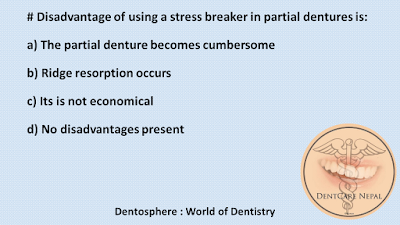a) Intermittent ice pack
b) Continuous ice pack
c) Intermittent hot pack
d) Pressure and pack
The correct answer is: A. Intermittent ice pack
Management of ecchymosis consists of the immediate application of cold followed by heat. In severe cases, antibiotics are given along with proteolytic enzymes which causes break down of coagulated blood.
In the management of hematoma do not apply heat to the area for at least 4 to 6 hours after the incident.
Heat may be applied to the region beginning the next day. Although its benefits are debatable.
Ice may be applied to the region immediately on recognition of a developing hematoma. It acts as
both an analgesic and a vasoconstrictor, and it may aid in minimizing the size of hematoma.






